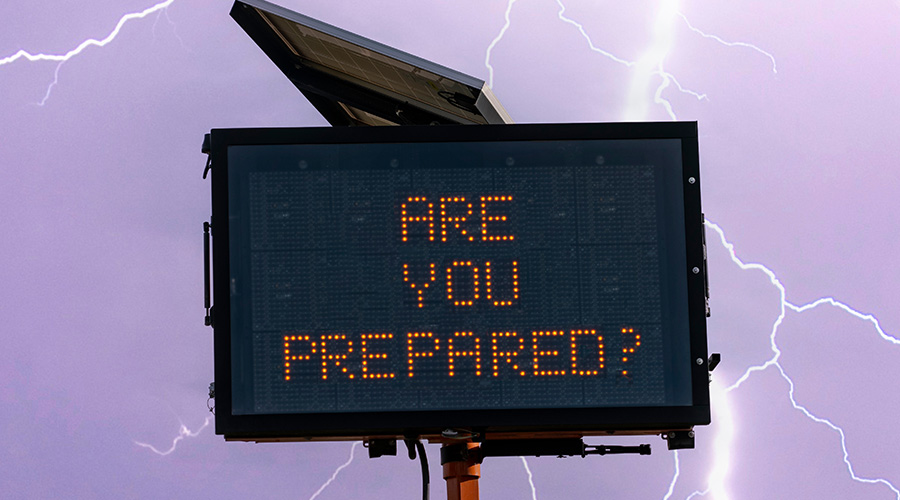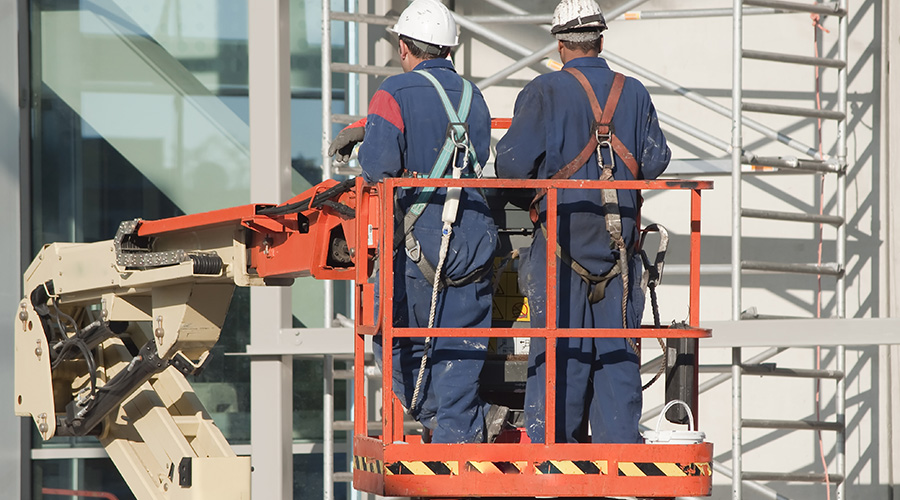3 Technology-Related Issues Related to Active-Shooter Plan
Part 2 of a 3-part article on issues to address in readying your facility for an active-shooter event
You need to address three technology-related issues in an active-shooter plan: alerts (providing the information to the police as rapidly as possible); notifications (sending relevant information quickly and accurately to users of your buildings and others as to what is happening and what to do); and response (what expectations your personnel have once the first responders, police, etc., arrive and how you get police directives and information to your people).
Alerts: This is the most critical phase of the process. Someone — anyone — has to alert law enforcement to get them moving to respond. Making an assumption that someone else has made a 911 call is a serious mistake. During high-stress situations, there is a tendency to forget the basics.
Technology can help here. There are now alert systems that will enhance the process of calling 911 or direct lines to the police by using alert push buttons or other signaling devices that, when activated, go directly to the police department’s emergency radio frequency and identify the activity. A GPS identifier is programmed with each device so responders know exactly where the event has happened. This action gets the police rolling to the facility immediately, while 911 calls will provide the additional information police need as the seconds go by.
Notifications: There are so many companies marketing notification systems that identifying the one that will do the best job for your facility is a daunting task. Understanding how these systems work is fundamental to knowing how to write a bid specification. There are many issues to address. One is the pool size of your group. Another is the question of whether a large organization should have tens of thousands of emails arrive in the email server all at once, or whether the messages should be “throttled” intermittently, so that some recipients won’t get the message till later in the queue. A third issue is the licensing agreements the provider has with the cell phone companies that ensure the message is not considered a spam blast and can get to your people quickly.
The other part of the notification spec is to determine if the system can integrate with any other technology being used in this area. Sending the same message to an outside “siren” system that has a voice-over after the horn sounds can get information to those outside or who are traveling to and from buildings. Tying in to the internal telephone system, including the TDD phones, as well as sending the same message to your scrolling network monitors or desktops are other great options. The more the notification system interfaces with existing systems deployed in an event, the more information is available to just about all work and travel areas. The spec creation should involve your security, facilities, and IT departments, along with whoever will fund the project, for inclusion and buy-in.
Response: This is a three-part issue that involves technologies identified in support of the incident response; training on the use of the technology as well as for general awareness; and steps to take during and after the event, including the police response and recovery.
In the aftermath of the event, what happens when your facility is restricted or closed for a period of time because it is a crime scene? The area will be a crime scene for some period of time, so that both employees and third-party vendors would be prohibited from entering. Can you survive this?
There are many other issues to consider if there is a shooter incident. Following the event, many people are likely to stay home and take vacation for a period of time due to the traumatic effects of the incident. A vital operations person may actually be dead or wounded; if such a person had sole responsibility for a process or area, do you have someone to fill in immediately?
Although there are no specific statistics relative to facilities closing due to a shooter incident, such incidents at the FedEx facility in Kennesaw, Ga., and numerous universities and colleges caused major disruptions, loss of productivity through sick time or vacation use and restrictions to access, as well as lawsuits that continue to this day.
Related Topics:














